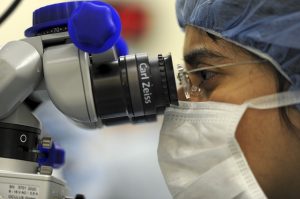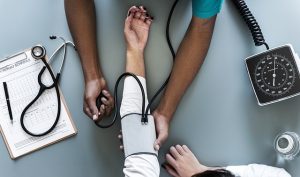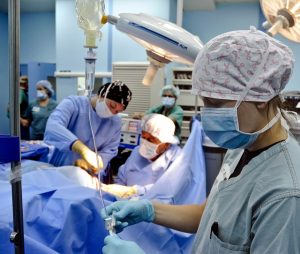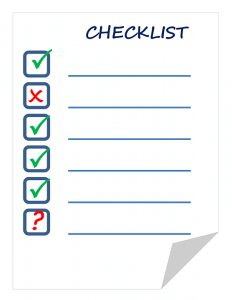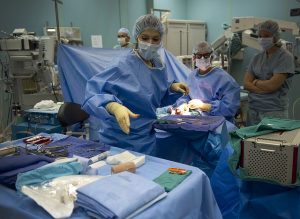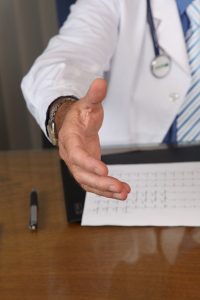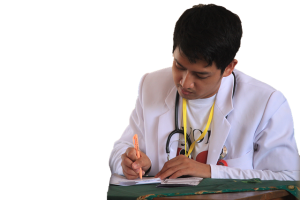If you have not chosen a specialty yet, you may have noticed that it is not as easy as it sounds. You may be drawn to one specialty, but more likely you are torn between a few or even many choices. Medicine is stimulating, relevant and fulfilling in broad specialties such as family medicine but also in narrower specialties such as radiation oncology. What draws you to one may be a lifestyle choice, or it may be a deeper calling. In either case, you want it to be a choice you can stick with for a long while.
What are my specialty options?
The American Medical Association (AMA) provides a database of 11,000 accredited residency programs, and that database is FREIDA. Common specialty choices are:
- Allergy and Immunology
- Anesthesiology
- Cardiovascular Disease
- Child and Adolescent Psychiatry
- Colon and Rectal Surgery
- Critical Care Medicine
- Cytopathology
- Dermatology
- Emergency Medicine
- Endocrinology, Diabetes and Metabolism
- Family Medicine
- Gastroenterology
- General Preventive Medicine and Public Health
- Geriatric Medicine
- Hematology
- Hospice and Palliative Medicine
- Infectious Diseases
- Internal Medicine
- Interventional Cardiology
- Medical Genetics and Genomics
- Medical Oncology
- Nephrology
- Neurological Surgery
- Neurology
- Nuclear Medicine
- Obstetrics and Gynecology
- Occupational Medicine
- Ophthalmology
- Orthopedic Sports Medicine
- Otolaryngology
- Pain Medicine
- Pathology
- Pediatric Surgery
- Pediatrics
- Physical Medicine and Rehabilitation
- Plastic Surgery
- Preventive Medicine
- Psychiatry
- Pulmonary Disease and Critical Care Medicine
- Radiation Oncology
- Radiology – Diagnostic
- Radiology – Interventional and Diagnostic
- Rheumatology
- Sleep Medicine
- Surgery – General
- Thoracic Surgery
- Urology
- Vascular Surgery
This list can be found on the AMA’s website with links providing more training information.
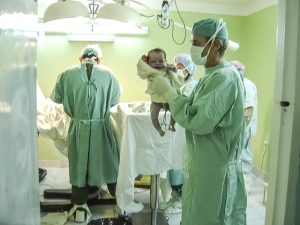 How to Choose One Specialty
How to Choose One Specialty
There are many ways to choose a specialty, and the advantage of doing it early is that you have more time to plan. First year medical students who successfully decide on a specialty can tailor every medical school decision to that specialty. However, if you aren’t sure as a first-year medical student, it’s better to wait than to try to force a choice too early. Here are a few ways to help you along regardless of whether you are entering medical school or choosing programs for The Match.
Set Goals:
You have to know what you want before you can start looking for it, and many medical students have misplaced dreams about reputation or riches. Entering a specialty because of the pay will not ensure a successful path to residency. Instead, focus on more functional aspects of the specialty such as the population it serves, geographic limitations, and lifestyle provisions. For example, you may find that emergency medicine hours do not suit your lifestyle despite the pay, and family medicine affords you the lifestyle you want to live comfortably and have time for leisure. On the other hand, maybe you want the excitement that the emergency room can provide, and saving lives in traumatic situations is fulfilling. If you want to fight infectious disease, there may be geographic limitations. There are factors in residency programs and the subsequent medical careers that are much more important than how impressive it is or how much money you make.
 Gather Information:
Gather Information:
Once you know what you want, you should find out all you can about the residency programs available. One way to do this is by attending residency fairs such as the AAFP National Conference or the AMSA Residency Fair. Looking on program websites is another way to find out if they offer what you are looking for, and you can find out if you meet the prerequisites to enter the program.
Ruminate:
You should be fairly methodical about your choice. That does not mean don’t choose from the heart…or the gut, but make sure you verify that with more objective means. Make lists of pros and cons. Research facts about job prospects and the future of the specialty. Get an idea of where you are going to have to live to support a career in that field of medicine. For example, some surgical specialties may not have a lot of prospects in rural areas where hospital resources are minimal. Spend a good amount of time reflecting back upon your goals and making sure your specialty reflects those goals. Then, make sure your heart…or your gut agrees. You should objectively and subjectively feel good about your choice.
Follow Your Passion
Money should not be the driving force behind your medical specialty choice, but it may be a factor. In order to live certain lifestyles and have the means to travel, you will need to make a certain amount of money. However, if you are miserable doing it, you probably won’t last. Physician burnout is a real thing, and even if you think you can hack it, long hours in a position you don’t feel passionate about will wear on you. Instead, choose a specialty in which you have passion. Stanford University has a comprehensive questionnaire to help guide you in your specialty selection. It offers a roadmap for the selection process, but there is no one way to pick a specialty. That is why this choice is worth so much of your time.
